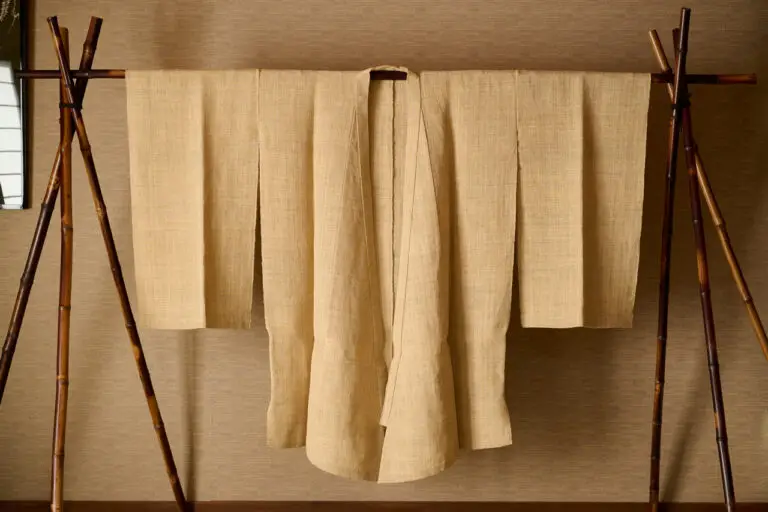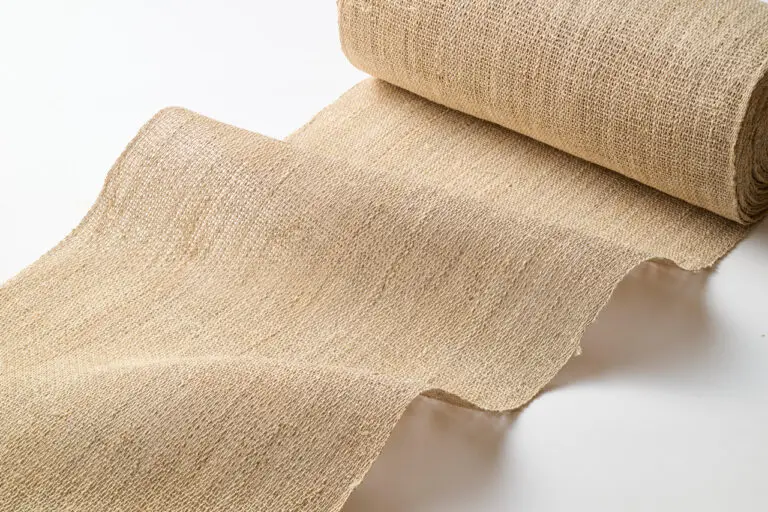Masao
The Story
The primitive cloth, Fujifu, composed of wisteria fibers, is said to be the oldest known fabric in Japan, dating from the prehistoric Jomon period. Myths related to Fujifu appear in the Kōjiki (Records of Ancient Matters) and in the Manyōshu (an 8th century Japanese poetry anthology), indicating the fabric’s importance and prevalence in clothing and everyday goods.
In the middle of the Edo period (1603-1867), the use of Fujifu began to decline with the spread of cotton, and by the beginning of the Showa period (1926-1989), it was thought to have disappeared from Japan completely. In 1962, a survey of folklore materials led to the discovery of this cloth in a mountain village in Kyoto’s Tango region, where it quietly continued to be woven, handed down from generation to generation.
Masao is the fourth generation of a crape manufacturer established in the mid-Meiji period. After graduating from high school, he joined the family textile business and eventually began weaving Nishijin obi. About 40 years ago, he learned about Fujifu in a documentary program featuring wisteria cloth from the Kamiseya district of Miyazu City, and was shocked to learn that such cloth existed. He visited the area and spent several years learning how to weave. This culminated in his establishing Yushisha in 1998.
Yushisha is located in Amino Town, in the northern-most part of Kyoto Prefecture, a region that has long been famous for its silk weaving techniques. Having taken up the skills for wisteria fiber weaving that were on the verge of disappearing, Yushisha continues both traditions, creating a unique Fujifu fabric that fuses these techniques. They would like to infuse new sensibilities and sensations into this tradition and pass it on to the next generation in an even more fascinating way.
Fujifu’s birthplace was designated “Fuji no Sato” in 2009. Masao, along with Tsukamoto Konami, director of Ashikaga Flower Park, began cultivating wisteria vines, the raw material for “Fujifu”, which is designated as an intangible folk cultural property and traditional craft of Kyoto Prefecture. The focus on Japan’s only remaining wisteria weaving technique is a means of promoting the revitalization of the Tango region, with a view to linking it with tourism and the creation of a park in the future.
The Tour
1) Guided tour of the workshop and gallery
Fujinuno, a primitive cloth made of rattan fiber, is the oldest textile in Japan and is said to date back to the Jomon period. Myths related to wisteria cloth appear in the Kojiki (Record of Ancient Matters) and Manyoshu (Anthology of Myriad Leaves), indicating that it was widely used as clothing and daily necessities. The history and production process of wisteria cloth will be carefully explained. This is an opportunity for visitors to gain a deeper understanding of how wisteria cloth is created and the details of its traditions and techniques.
2) Small item production experience
Those who wish can make coasters and bookmarks using wisteria cloth on a handloom.
for booking inquiries
The Craft
As Fujifu is a rare fabric that can never be mass-produced, it is suitable for making products to be treasured for a long time. The simple and elegant texture of this textile is combined with the varied expressions unique to silk fabrics, resulting in an elegant and modern textile.
Wisteria has a strong vitality that one would not imagine from seeing the tree’s beautiful blossoms in spring. Excellent in durability while readily absorbing moisture, its appeal increases with repeated use. Wearing wisteria cloth has been said to be a way of taking advantage of its vigorous life force.
A single thread is produced from a wisteria vine through a number of time-consuming and labor-intensive processes. Weavers use traditional methods, down to the materials and tools used, to create and weave the threads into true works of art. This is not only a matter of technique, but also of weaving the wisdom and spirit of their predecessors.
At Yushisha, visitors can see and buy wisteria cloth products, as well as experience the process of making wisteria cloth and weaving on an authentic handmade machine.





